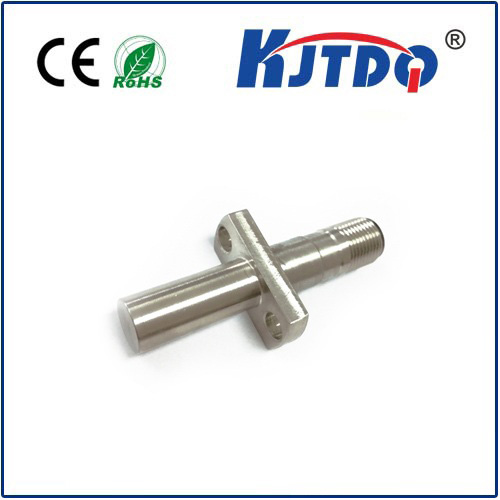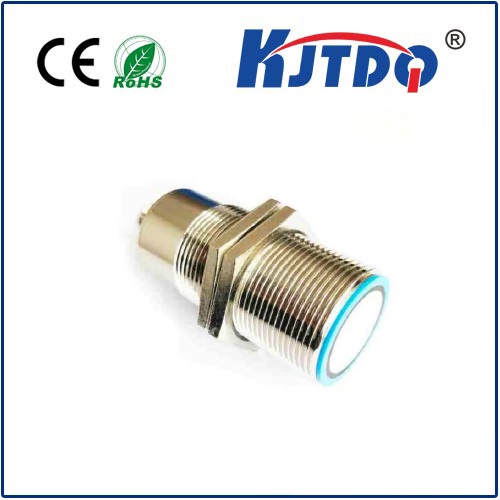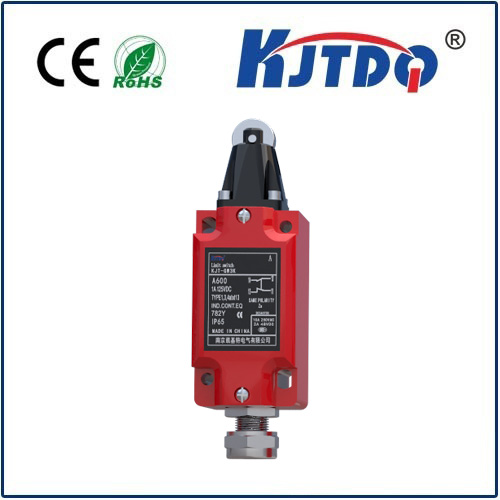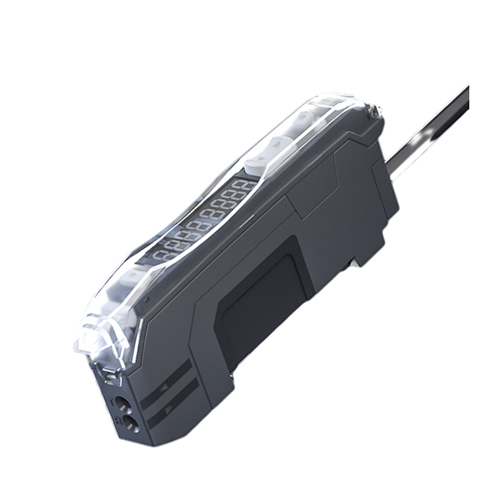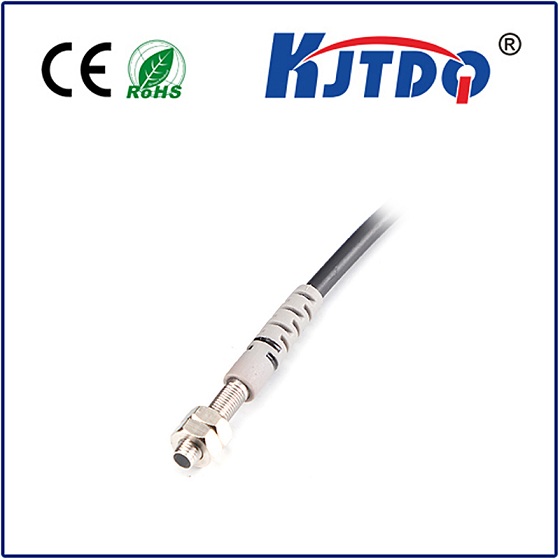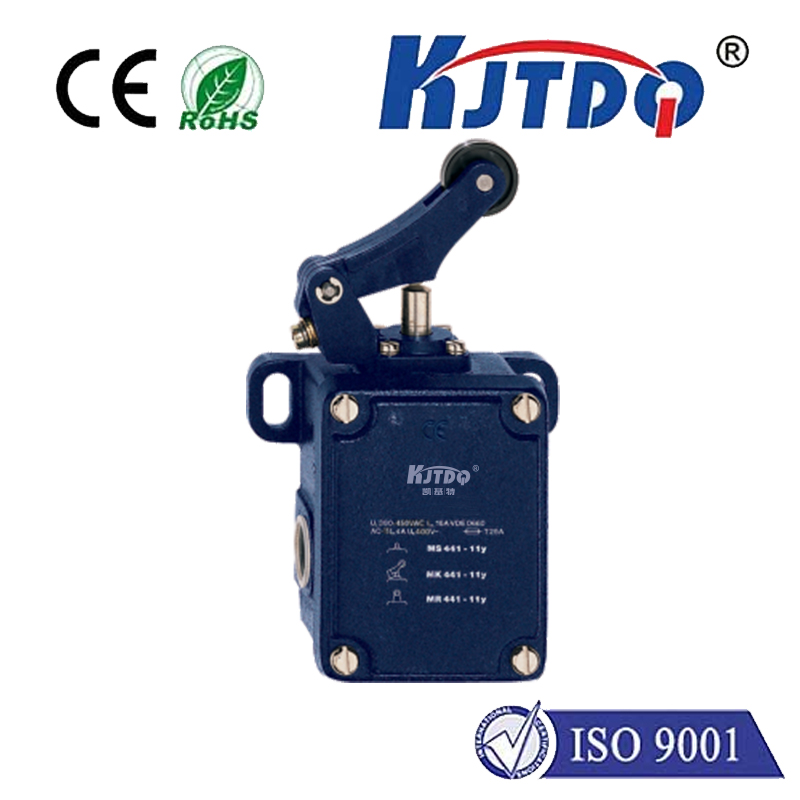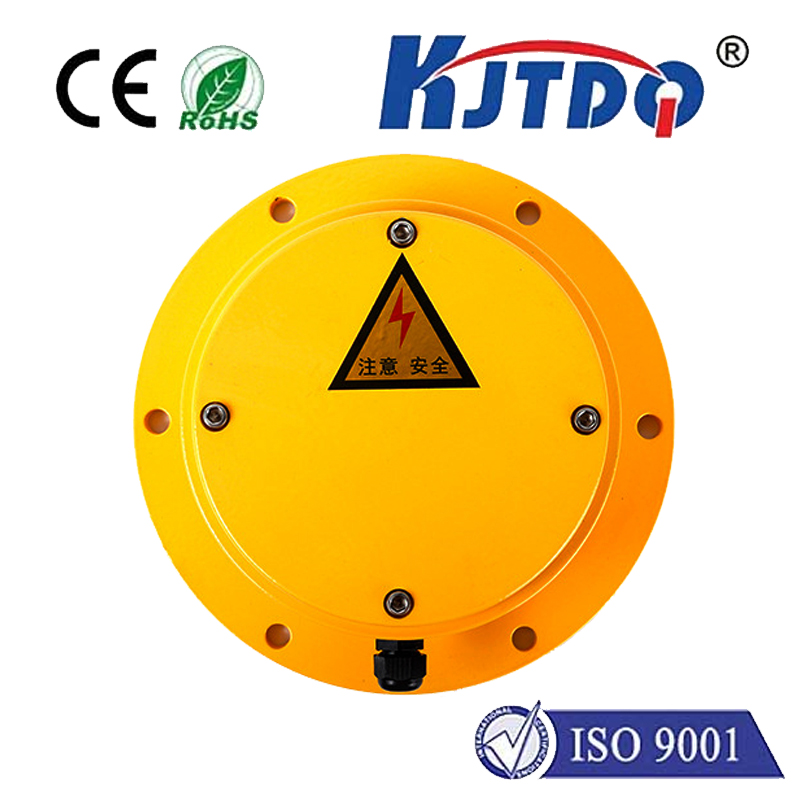retro reflective photoelectric beam sensor
- time:2025-07-25 04:25:30
- Click:0
Retro Reflective Photoelectric Sensors: Mastering Long-Range, Reliable Object Detection
Imagine a critical safety gate on a busy factory floor, an automated packaging line moving at blistering speed, or a vehicle access point requiring precise detection. In countless industrial, security, and automation scenarios, reliably knowing if and when an object crosses an invisible line is paramount. This is where retro reflective photoelectric beam sensors shine, offering a powerful and elegant solution for long-range presence detection. Combining simplicity, robustness, and impressive range capabilities, these devices are fundamental workhorses in modern control systems.
Understanding the Core Principle: Light, Reflection, and Interruption
Unlike diffuse sensors that detect reflected light directly off the target object, or through-beam sensors requiring a separate emitter and receiver unit, the retro reflective photoelectric sensor strikes an ingenious balance. It consists of a single housing that integrates both the light emitter (typically an LED, often infrared or visible red) and the photoelectric receiver.
Its magic relies on a specific component placed opposite the sensor: a retroreflector or reflective target. This isn’t a standard mirror. A retroreflector is designed with unique optics (often using tiny corner-cube prisms or specialized glass beads) that reflect incoming light directly back towards its source, regardless of the angle of incidence (within its specified range). Think of bicycle reflectors or road signs – they glow brightly when your headlights hit them.

Here’s the detection sequence:
- Emission: The sensor’s emitter sends out a focused beam of light towards the retroreflector.
- Reflection: The retroreflector efficiently sends the beam straight back to the sensor’s location.
- Reception: The sensor’s built-in receiver detects this strong, returned light signal.
- Presence: When an opaque object interrupts the beam between the sensor and the retroreflector, the light path is broken. The receiver no longer detects the reflected beam.
- Output Change: The sensor detects this loss of signal and triggers its output (switching ON or OFF depending on its configuration – Light-ON or Dark-ON).
This principle creates a distinct “light barrier” or “beam” across the monitored area.
Why Choose Retro Reflective? Key Advantages and Strengths
Retro reflective photoelectric sensors offer compelling benefits that make them ideal for many demanding applications:
- Longer Detection Ranges: Compared to diffuse sensors, retro reflective types excel at distance. Ranges of 10 meters, 20 meters, or even longer are readily achievable, far surpassing what most diffuse sensors can manage. This makes them perfect for safeguarding large areas, monitoring wide conveyors, or detecting vehicles at gates.
- Simplified Installation & Wiring: Since everything is contained in one sensor unit facing a passive reflector, installation is significantly easier than with through-beam sensors. Only the sensor housing needs power and output wiring; the reflector requires none. This translates to faster setup and reduced installation costs.
- Cost-Effectiveness: While requiring a reflector, the overall system cost is typically lower than an equivalent long-range through-beam setup (which requires two separate, powered units). One sensor head handles both emission and reception.
- High Reliability & Accuracy: The strong, focused signal from the retroreflector provides a robust signal-to-noise ratio. This makes detection highly reliable and immune to many common interferences that can plague diffuse sensors. Detection is precise at the beam interruption point.
- Easier Alignment: Aligning the single sensor head to “see” its reflector is generally simpler than aligning two separate components (emitter and receiver) required for through-beam sensors over long distances. Many models feature visual or audible alignment aids.
- Robust Performance: Modern sensors incorporate features like powerful pulsed LED emitters for better range and ambient light immunity, sophisticated optical filtering to reject unwanted light sources, and robust housings (often IP67/IP69K rated) for harsh industrial environments with dust, moisture, and vibration. Differential sensing circuits further enhance stability against background light fluctuations.
Comparison: Retro Reflective vs. Through-Beam vs. Diffuse
- Through-Beam: Offers the longest possible ranges and highest excess gain (signal strength), ideal for very long distances or detecting very small objects. However, requires wiring both separate emitter and receiver units, making installation more complex and costly.
- Diffuse (Proximity): Detects objects without any reflector, sensing light bounced directly off the target. Simplest installation but has shorter ranges and is more susceptible to target color, reflectivity, and background interference.
- Retro Reflective: Provides an excellent balance: long ranges (often sufficient for most industrial needs), simplified single-point installation, good reliability, and cost-effectiveness. The go-to choice when reliable, long-range detection with simplified setup is required.
Where Do They Excel? Diverse Applications
The versatility of retro reflective photoelectric beam sensors lends them to countless scenarios:
- Conveyor Systems: Detecting presence/absence of boxes, cartons, pallets, bottles at critical points (sorting, counting, diverting, fill-level control). Monitoring long stretches of conveyor for jams or missing items.
- Material Handling: Monitoring stacks, checking bin levels (overfill/underfill), verifying part positioning on palletizers/depalletizers. Safeguarding crane travel paths.
- Packaging Machinery: Verifying flap closure, detecting labels/packaging film, ensuring product is present before sealing or filling. Monitoring web breaks.
- Access Control & Security: Detecting vehicles at gates, barriers, or toll booths. Monitoring doorways, windows, or perimeters for unauthorized entry (safety light curtains often use retro reflective principles). Triggering garage door openers safely.
- Automotive Manufacturing: Verifying component presence on assembly lines, positioning robots, checking door/panel alignment. Monitoring vehicle position in wash tunnels or paint booths.
- Printing & Paper Processing: Web guiding, detecting sheet/roll presence or breaks, monitoring stack height. Verifying registration marks.
- Machine Safety: Used as part of safety systems to detect personnel or objects entering hazardous zones before or alongside safety light curtains/laser scanners (as presence detectors, not primary safeguarding).
The Future is Smart & Connected
Modern retro reflective photoelectric sensors are increasingly incorporating intelligence. Features like built-in teach functions for easy setup (often one-button operation), adjustable sensitivity, diagnostic LEDs, and various output types (PNP/NPN, relay, analog) are standard. Crucially, the rise of IO-Link communication is transforming these devices. IO-Link enables remote configuration, parameter setting













